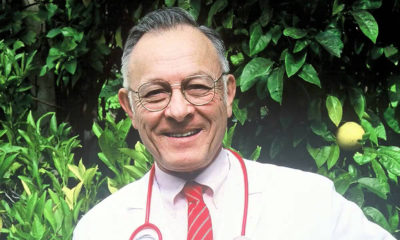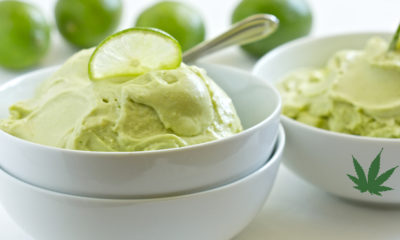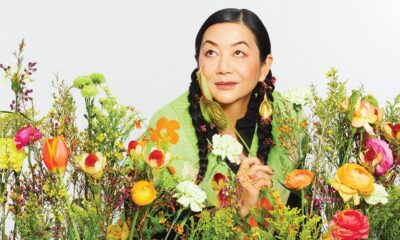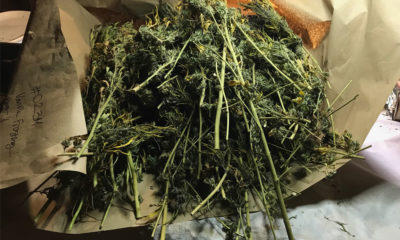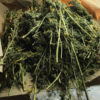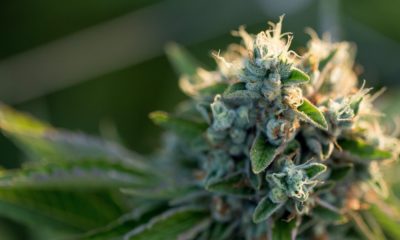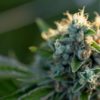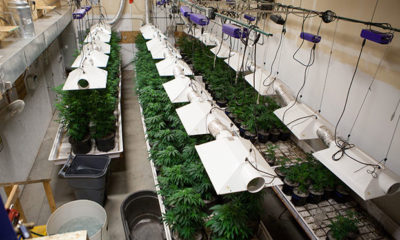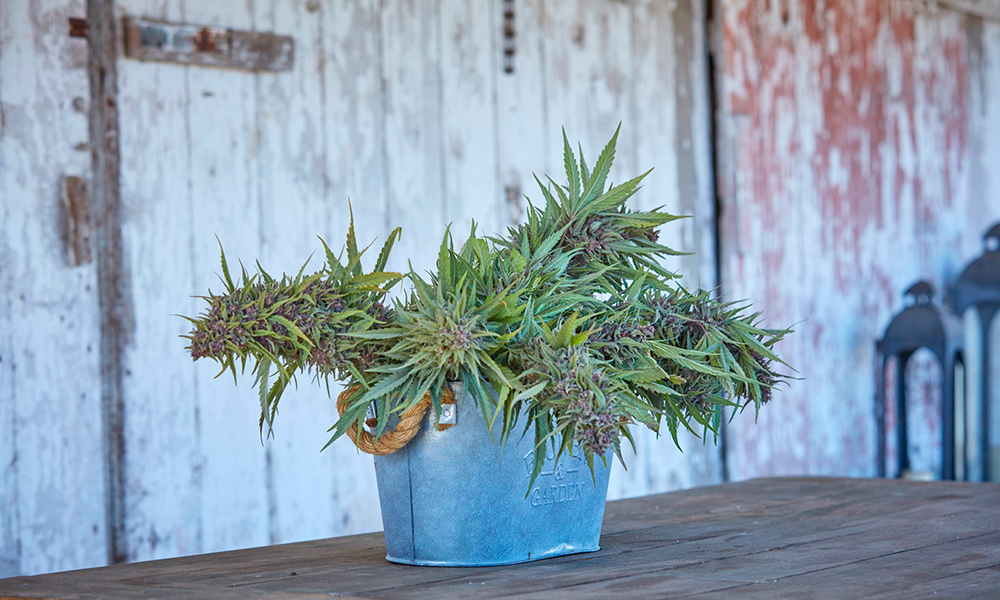
Cultivation
Former French Laundry Farm Chief Joins Pot Industry
Aaron Keefer has been growing cannabis since he was 19, even selling his finished bud to San Francisco dispensaries as he worked full-time as a chef.
In the world of investment bankers and supply chain specialists making the dive into the cannabis industry, former French Laundry farm chief Aaron Keefer is something different.
On Feb. 11, news broke that Keefer would be bringing his pedigree from the 3-Michelin star restaurant to his new job as vice president of cultivation and operations at Sonoma Hills Farm. The farm has dedicated a piece of its 40 acres to growing cannabis alongside its produce and livestock operations, which Keefer will now also lead.
For the last decade, Keefer worked as the lead culinary gardener for the Thomas Keller Restaurant Group, which includes the famed restaurant French Laundry in California’s wine country. In addition to receiving Michelin’s highest rating every year since 1997, French Laundry has also ranked the second-best restaurant on the planet by Le Liste. During his time farming the food that would eventually end up on the plates at Thomas Keller’s restaurants, Keefer certainly played a key role in helping the restaurant hold on to its reputation of excellence in the ultra-competitive restaurant industry.
Keefer says he got his start in the kitchen at age 17. Two years after, he grew his first pot plant.
“I started smoking when I was 15, was a part of that life for sure,” Keefer told Cannabis Now. “I went into the kitchen at 17.”
The restaurant industry is notoriously a more friendly career field for cannabis enthusiasts than most. “There is no better pairing than marijuana and food right?” Keefer quipped.
Keefer says that for his first experience growing pot, the original genetics he used were from Amsterdam.
“A friend of mine’s father was kind of the guy that would bring in the 20-pound wheel of the Panama Red and like that, he went out to Amsterdam and brought back Skunk 1# and Northern Lights 5#,” Keefer says. “There was nothing like that at the time.”
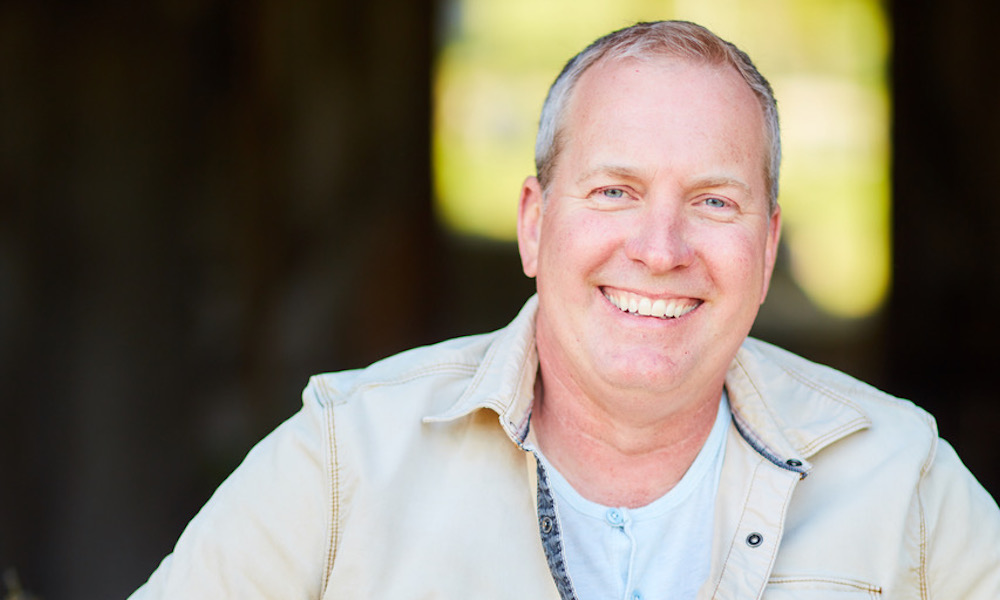
The first time Keefer tried those Amsterdam genetics, a far cry from the mystery weed he’d been puffing before in his life, he thought he was hallucinating.
“I was like, ‘Whoa, what is this stuff?’” says Keefer. He and his buddy grew three plants that summer of 1988, and he says “one of them turned out nice.”
Keefer has fond memories of sneaking through cornfields to plant his cannabis out in the middle of nowhere and being very popular at school for four weeks before the bud was gone.
Eventually, Keefer brought his culinary experience and dormant green thumb to the West Coast, arriving in California a couple years before Prop 215 legalized medical marijuana in the state. After starting off in wine country, he headed south to San Francisco in 1996.
“When Prop 215 first started, I remember Oaksterdam, I was down there,” Keefer says. He recalled the Oaksterdam neighborhood was a far cry from what is happening today: “I remember when the Romulan came out.”
He even visited Amsterdam himself in 1999. He returned with some Great White Shark from Green House Seed Co and Sweet Tooth from Barney’s. Both of those operations regularly found themselves on the podium of the original Cannabis Cup in Amsterdam.
“That was when I first started growing out here again,” Keefer says. “I was working as a chef, but you’re working as a chef and you aren’t making as much as the waiters. You can’t even afford to eat out. So it started as a side gig little hobby and then all of a sudden, it became an industry.”
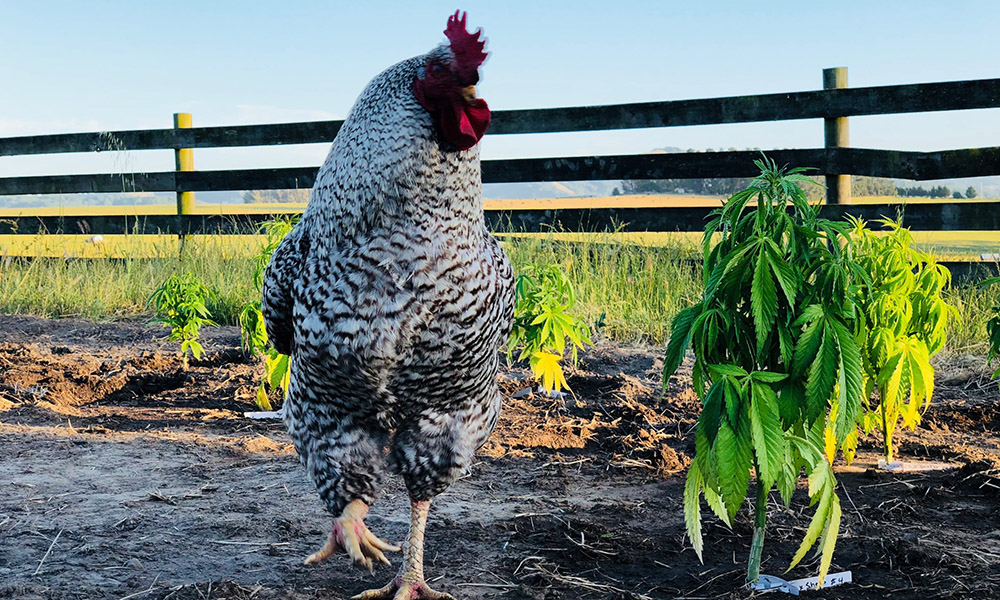
He says his efforts ended up on the top shelf at San Francisco dispensaries such as Grass Roots and the Apothecarium, among others. But in the end, he says it was always his side gig, as his focus was on being a chef.
Over his years, with the Thomas Keller Group traveling to farms around the country that he respected, Keefer was able to absorb a lot of awesome horticultural best practices that fit into his general permaculture plans for the cannabis he’ll be growing this summer just south of California’s famed Emerald Triangle.
Keefer believes there are three important parts to growing any plant. First and foremost is genetics.
“That’s where it all starts, the second is life in the soil,” Keffer says. “You are never going to grow a plant to its full potential if you don’t create, or get out of the way of nature, and give all that life in the soil. That’s what breaks down the organics.”
Keefer says all the best action happens in live soils that are breaking down organic matter to give the plant all of the nutrients it needs, helping it reach its full potential.
“That’s where you get the flavor. If it tastes better, it is better, and it’s better for us,” Keefer says.
The third leg of quality for Keefer is what happens after the plant gets chopped down, and rightfully so. Tons of cannabis is ruined in botched drying and curing efforts that can quickly turn the flame into something that’s definitely not tasty. Keefer says when folks don’t get it right, they can “turn gold into straw.”
The cultivation effort Keefer will oversee at Sonoma Hills Farm will be a total of one acre of land split between two locations on the property. The first is a 28,560 square foot outdoor dry farm, and the other is a 10,000 square foot state-of-the-art greenhouse for cannabis cultivation with an attached 5,000 square foot facility for indoor cultivation, plant propagation and strain development.
The outdoor plot will occupy the old footprint of three large chicken barns.
“Done right, cannabis cultivation is a true connoisseurship not seen in many businesses other than wine, whisky, mescal and cigars. You can taste and smell the nuances,” Keefer says. “To really succeed, hard work is what gets the results. This is what we intend to do at Sonoma Hills Farm.”
TELL US, have you ever smoked weed you think deserved a Michelin star?





